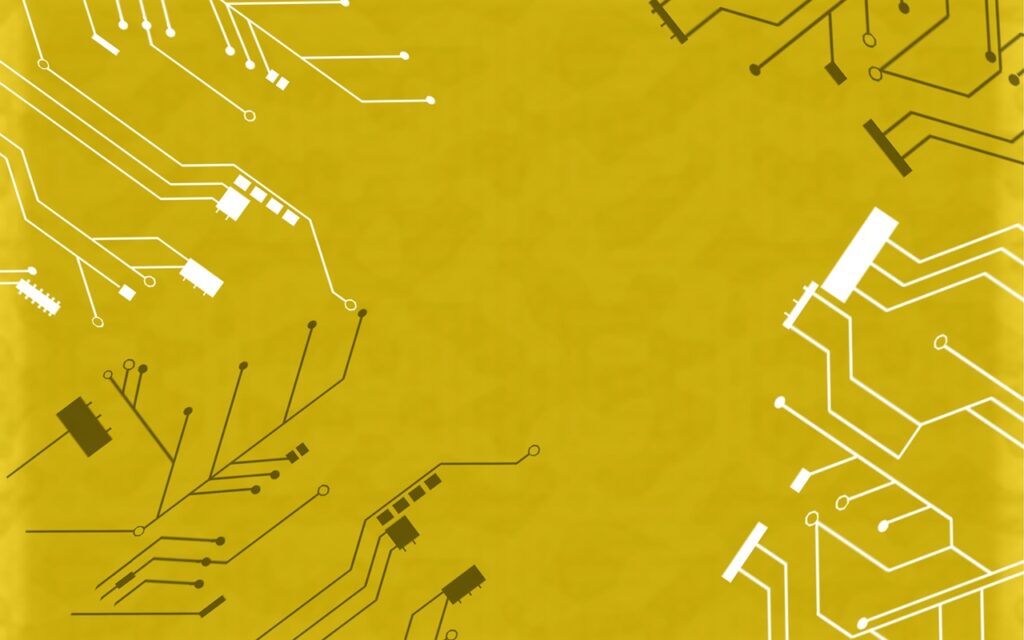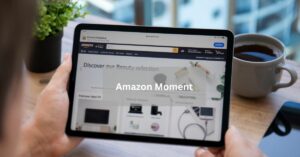Digital Twins: Harnessing Virtual Replicas for Real-World Applications in Industry and Beyond
2 min read
Introduction:
Digital twins are virtual representations of physical objects, processes, or systems that enable real-time monitoring, analysis, and simulation in a virtual environment. In this article, we’ll explore the concept of digital twins, their applications across various industries, and their potential to revolutionize product design, manufacturing, and operations.
Understanding Digital Twins:
Digital twins combine data analytics, simulation, and visualization technologies to create virtual replicas of physical assets, such as buildings, machinery, vehicles, or entire cities. These virtual models capture real-time data from sensors, IoT devices, and other sources to simulate and predict behavior, performance, and maintenance requirements in the physical world.
Applications in Manufacturing and Product Design:
In manufacturing, digital twins enable predictive maintenance, process optimization, and quality control by simulating production workflows and analyzing performance data in real-time. Product designers use digital twins to prototype and iterate designs virtually, reducing time-to-market and minimizing costly errors during the development process.
Optimizing Operations and Maintenance:
Digital twins support asset management and facility operations by providing insights into equipment health, energy consumption, and resource utilization. By monitoring real-time data from sensors embedded in physical assets, operators can identify inefficiencies, predict failures, and optimize maintenance schedules to maximize uptime and productivity.
Urban Planning and Smart Cities:
In urban planning and smart cities, digital twins offer a holistic view of urban infrastructure, transportation systems, and public services. City planners use digital twins to simulate and visualize urban development scenarios, assess the impact of policy decisions, and optimize resource allocation for improved livability, sustainability, and resilience.
Conclusion:
Digital twins are transforming how we design, build, and manage physical assets and systems, offering unprecedented insights and capabilities for optimization and innovation. By harnessing the power of digital twins, industries can improve efficiency, productivity, and sustainability across the entire lifecycle of products, infrastructure, and urban environments, paving the way for a more connected, intelligent, and resilient future.






